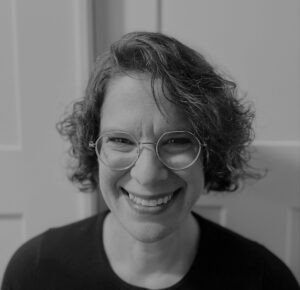Good Friday Earthquake
On March 27, 1964, Alaska experienced the largest-ever recorded earthquake in North America. Known as the Good Friday Earthquake, this event caused an underwater landslide that washed away the waterfront area of Valdez and resulted in the loss of 32 lives. The quake also caused a local tsunami which surged into town, causing significant damage. As a result of the earthquake, the Valdez town site was deemed unsafe for habitation, causing the entire town to be relocated to its present, safer location approximately four miles away. The entire town was relocated, a process completed over the next three years.
The 1964 earthquake had a devastating impact felt throughout the state, with ancillary effects felt as far away as California and Hawaii. Anchorage, particularly the Turnagain Arm neighborhoods, suffered due to inadequately engineered buildings and infrastructure. Other coastal towns such as Whittier, Kodiak, and Seward, were heavily damaged by a combination of seismic activity, subsidence, post-quake tsunamis and/or earthquake-caused fires. Some Native communities, in villages such as Afognak and Chenega, were hit particularly hard, resulting in a high percentage of lives lost and the need to abandon these villages for safer locations.
2014 marked the fifty-year anniversary of this tragic event which is still recalled with loss by many of Valdez’s longtime residents. To commemorate the event, the Valdez Museum developed a new, updated exhibit about the earthquake. Titled “A Moving Experience: A Look Back at the Good Friday Earthquake”, this exhibition features rarely-seen artifacts, oral histories, and interactives allowing the audience a greater appreciation of the magnitude of this event. The exhibit expands upon the story of the earthquake, focusing on its impact upon the community of Valdez and both the short-term and long-term effects of the quake’s aftermath.
An expanded exhibit about the time period surrounding the Earthquake and the Earthquake itself can be viewed at our Remembering Old Valdez exhibit at 436 S. Hazelet.
 Curator of Collections
& Exhibitions 907.835.8905
Curator of Collections
& Exhibitions 907.835.8905 
